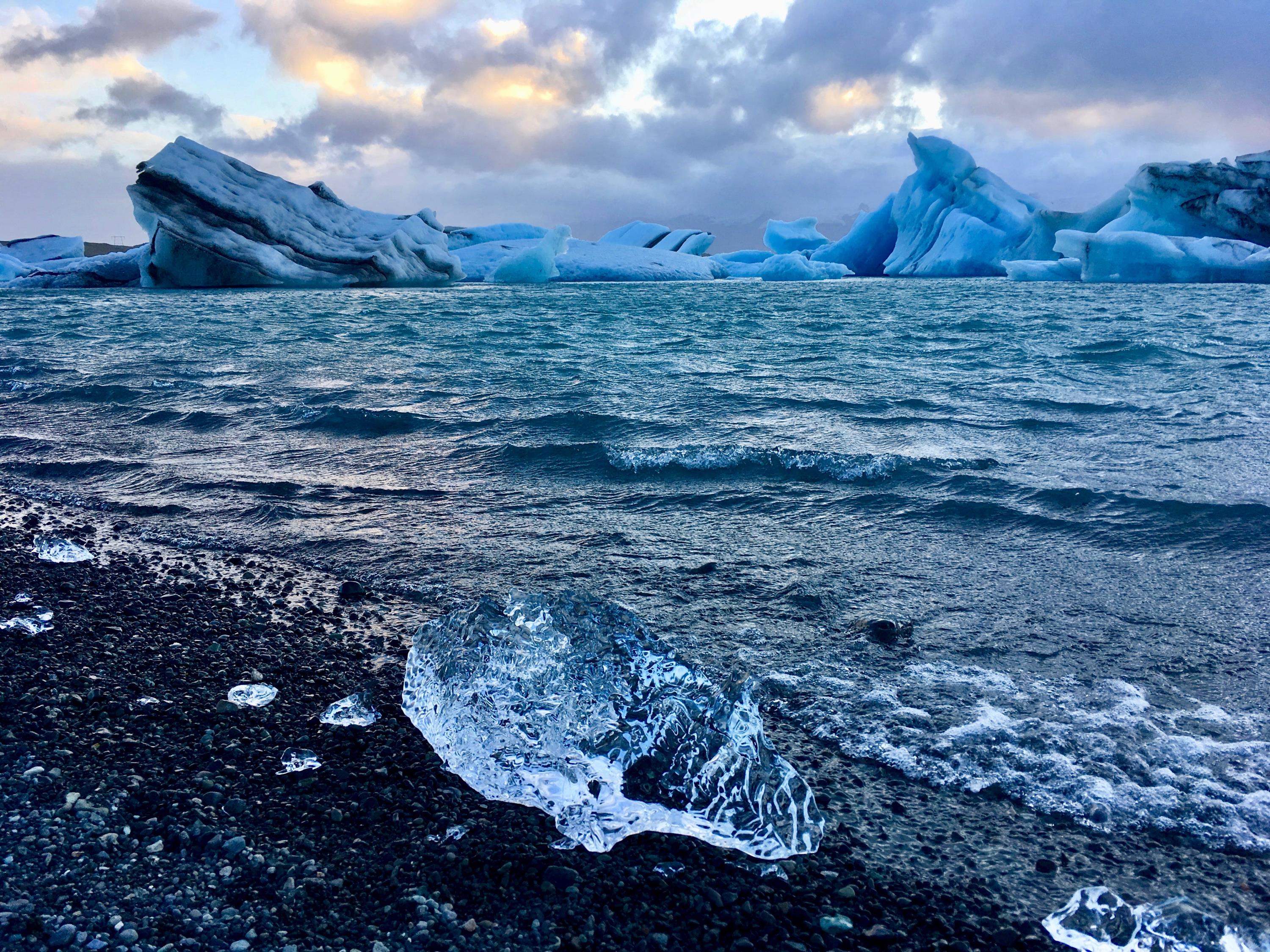
Boating makes you healthier.
Informative article from US Boat on the "Blue Mind"
We interview a renowned marine biologist who has proof of what most of us only suspected.
You've likely heard of green space — areas in cities or residences that are full of plants that bring us a little closer to nature. Author and marine biologist Dr. Wallace Nichols uses a new phrase — blue space — that those of us familiar with water will all understand.
Lakes, rivers, oceans, bays, even creeks and swimming pools are all blue space. Dr. Nichols, author of Blue Mind, a New York Times national best-seller, has been researching how blue spaces affect us. He calls it "the blue mind."
The blue mind, he says, separates us from the pressures and distractions of life, which he refers to as "red mind." Having a blue mind lessens the stresses of the day and gives us a break from our overstimulated lives. Nichols says that the relationship of a boat to our emotional health has been largely overlooked, until recently.
BoatUS: We know boating is fun and we take away a lot of good things after a day on the water. What does science say?
Nichols: We know from studies that water positively affects us auditorily, visually, and somatically. Neuroscientists can now pinpoint in your brain where your emotions manifest — it's called the amygdala. They've found that even just looking at water can trigger feelings of wellness, compassion, empathy, and happiness. We experience slower breathing, reduced heart rate, and lowered skin temperature.
Blue mind takes us from our prefrontal cortex, responsible for things like planning and decision-making, to our default mode network, when we're thinking about others or ourselves and not specific tasks. Studies from University of Exeter Medical School in the United Kingdom show that being on or near the water, or even just hearing it, adds wellness and emotional benefits. People say they feel better and their measurable vital signs agree — breathing, blood pressure, heart rate, and so
BoatUS: What happens within our body and mind when we're on a boat?
Nichols: Our heart rates and breathing slow, and people say they feel better and their stress decreases. The sound of water increases blood flow to the brain, inducing relaxation, something we've probably all felt. Even the mere sight of water can induce a flood of neurochemicals that promote wellness. On or around water, our stress hormones dip. We really do feel better when we're on the water.
BoatUS: A 2017 study conducted by Wakefield Research found 4 in 5 Americans say being around water relaxes them, and 72 percent say they feel healthier after spending time on the water. Why do we feel good when we're on the water?
Nichols: When stress overload and attention fatigue are sustained over long periods of time, the "always-on" lifestyle can eventually result in memory problems, poor judgment, anxiety attacks, nervous habits, and even depression. Chronic stress damages the cardiovascular, immune, digestive, nervous, and musculoskeletal systems. It lowers levels of dopamine and serotonin, causing us to feel exhausted and depressed.